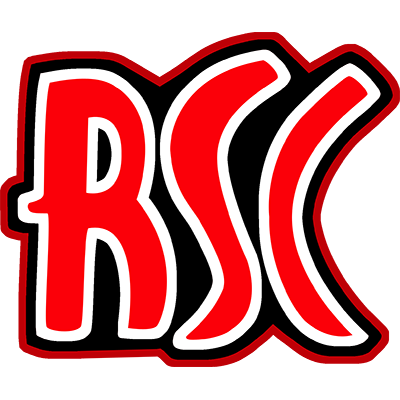blakboks
What are some techniques for creating the rubber laid down in the braking areas and corners?
I know one technique (used quite a bit by BTB-created tracks, I believe) is to create another layer of geometry over the track geometry with an alpha texture of the rubber (similar to 'transition' textures from the grass to the gravel traps, etc.). It seems though that sometimes the line can seem to 'float' above the track surface rather than being integrated to the surface itself.
Is this about the only way to do it to allow the texture to follow the racing line with any accuracy? Is it just the best way?
Since rF2 is (seemingly) right around the corner, does anyone have any info as to whether or not creating these textures in the track will even be necessary for rFactor2, since it's going to have a dynamic racing line? Will there be other provisions that the track builders will have to build into the track to get it to work?
Thanks in advance,
Chris
I know one technique (used quite a bit by BTB-created tracks, I believe) is to create another layer of geometry over the track geometry with an alpha texture of the rubber (similar to 'transition' textures from the grass to the gravel traps, etc.). It seems though that sometimes the line can seem to 'float' above the track surface rather than being integrated to the surface itself.
Is this about the only way to do it to allow the texture to follow the racing line with any accuracy? Is it just the best way?
Since rF2 is (seemingly) right around the corner, does anyone have any info as to whether or not creating these textures in the track will even be necessary for rFactor2, since it's going to have a dynamic racing line? Will there be other provisions that the track builders will have to build into the track to get it to work?
Thanks in advance,
Chris


